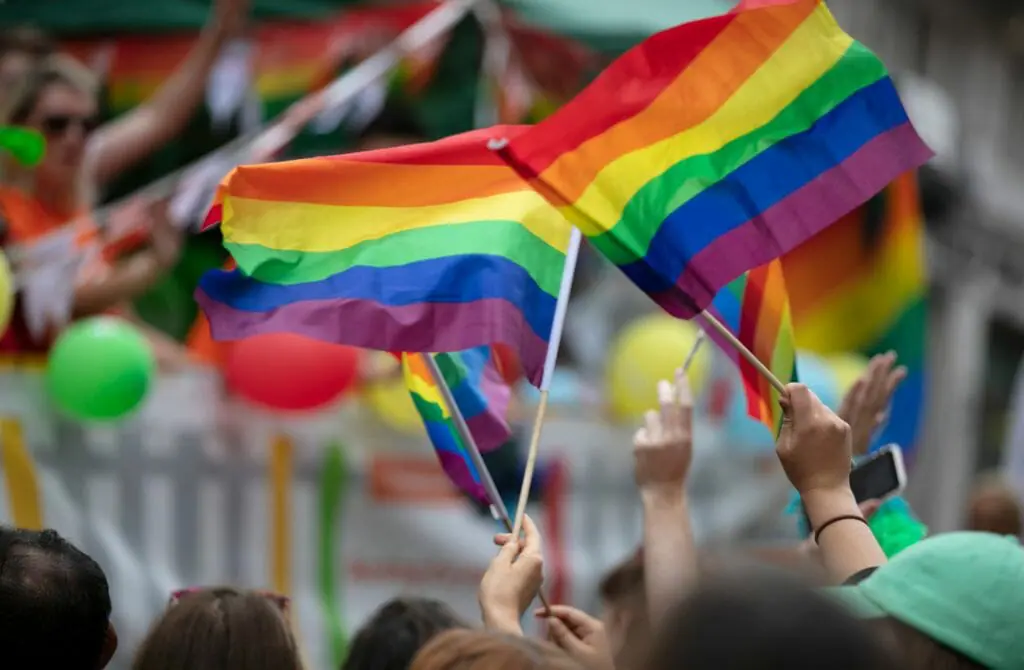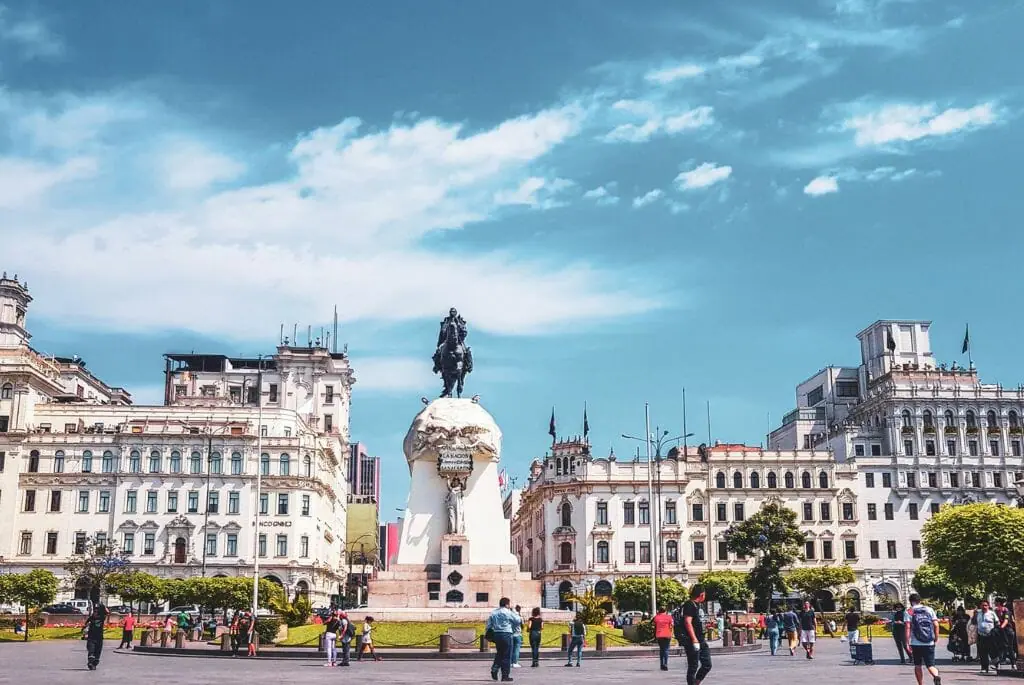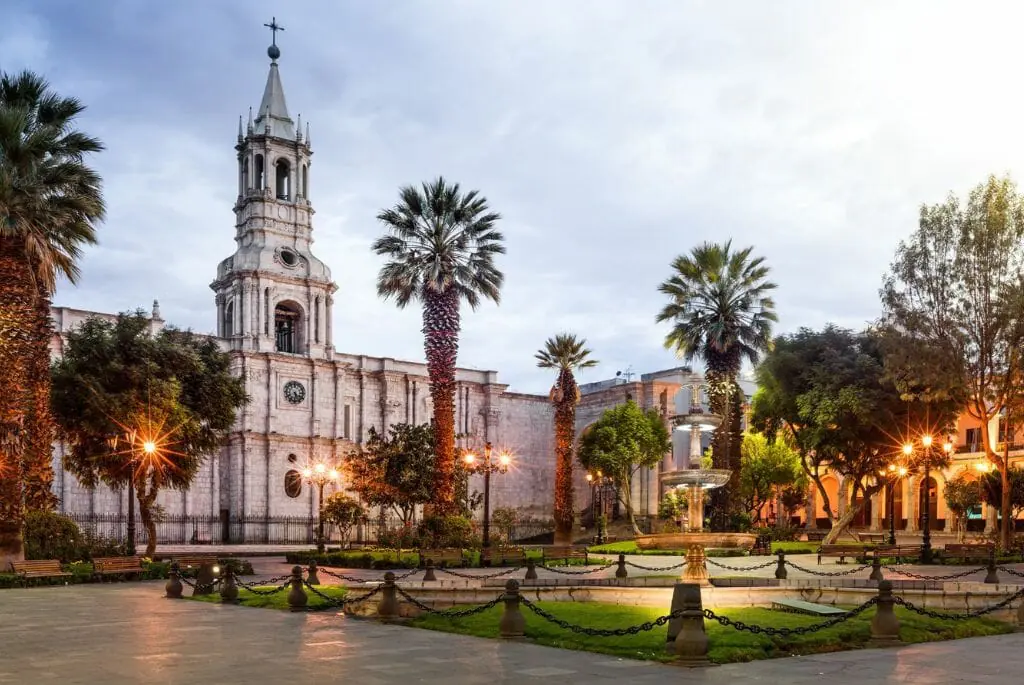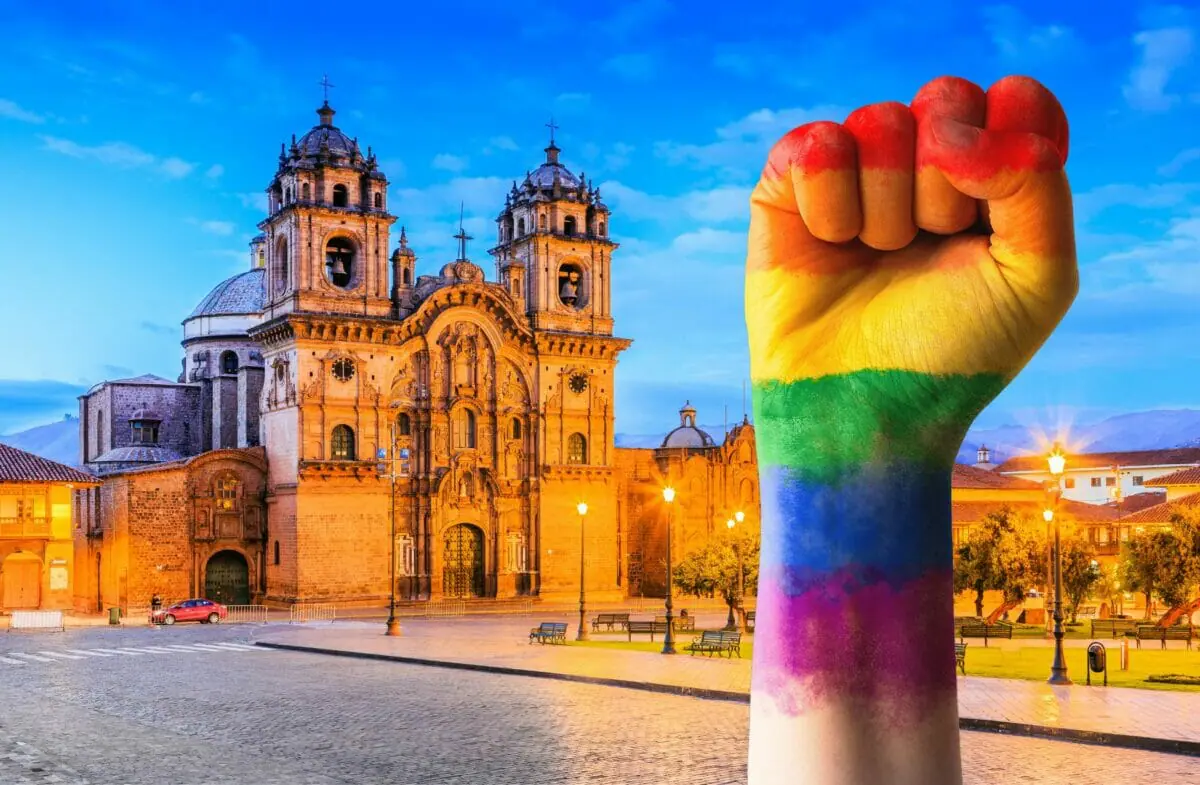LGBT rights in Peru have seen some progress in recent years, with legal protections in place against discrimination based on sexual orientation and gender identity. However, the country still has a long way to go in ensuring full equality for its LGBT community. As a tourist visiting Peru, it is essential to remain updated on the current legal situation and exercise caution for a safe and enjoyable trip.
For locals and tourists alike, Peru enacted a decree in 2017 prohibiting all forms of discrimination and hate crimes on the basis of sexual orientation and gender identity, yet same-sex marriage and civil unions remain unrecognized. Although the country is working towards greater LGBT inclusion, it is crucial for visitors to be aware of these disparities and act respectfully.
While traveling in Peru, ensure you stay informed with the latest information and take necessary precautions to protect yourself, regardless of the country’s legal framework. Situations can change rapidly, and it’s essential to keep in mind there may be individuals who take advantage of tourists. Always remain vigilant during your travels and seek up-to-date advice before embarking on your journey.

History Of LGBT Rights In Peru
The history of LGBT rights in Peru can be traced back to the Moche civilization (100-700 AD), which did not regard homosexuality negatively or display pejorative attitudes towards it. In fact, about 40% of Moche ceramics depict female and male homosexual relations. However, throughout the years, LGBT rights in Peru have faced several challenges, and discrimination and exclusion have persisted.
In a significant development, homosexuality was decriminalized in Peru in 1837. Nevertheless, there is still a lack of policies that recognize transgender and other gender minority people, and no specific laws protect their rights. Although Peru’s National Human Rights Plan (2018-2021) has recognized the LGBTI population as a vulnerable group, progress on policy implementation has been slow.
As for tourists, discrimination against LGBT people may not be as prevalent, but they are still advised to exercise caution and stay vigilant. While there have been some positive developments, such as a landmark ruling by the Inter-American Court of Human Rights that found Peru responsible for violating Crissthian Olivera Fuentes’ rights to equality before the law, the situation for locals might not have improved significantly yet.
To protect themselves while traveling in Peru, LGBT individuals should seek current advice on the local situation, as information can change quickly and might be outdated. They should remain cautious and be aware of potential bad actors in any country. One suggestion is to reach out to local LGBTI groups or tour operators who are knowledgeable about the current status of LGBT rights and safe spaces within the country.
In conclusion, it’s crucial for LGBT individuals to stay informed about the changing landscape of LGBT rights in Peru, exercise caution and vigilance, and seek updated information before traveling.

The Current Situation In Peru
In Peru, the legal landscape for LGBT rights has seen some progress in recent years. Homosexuality is legal, and discrimination based on sexual orientation or gender identity is prohibited in various aspects, such as employment and housing. However, social acceptance for the LGBT community remains mixed and leans towards intolerance, posing a moderate threat to LGBT individuals.
For local LGBT individuals, the situation continues to be challenging, especially when it comes to marriage equality. While a ruling in 2017 seemed to grant recognition to a same-sex marriage performed in Mexico, the Supreme Court ultimately reversed the decision, leaving the topic unaddressed.
Tourists visiting Peru should be aware that the overall level of acceptance varies depending on the region and local customs. In urban areas and tourist hubs, there may be a greater level of tolerance and openness to diversity, while more rural or conservative parts of the country may not be as accommodating. However, as with any destination, it’s essential to remain vigilant and respectful of local norms.
To minimize risks and protect yourself as a member or ally of the LGBT community, consider the following steps:
- Research destinations and establishments are known to be LGBT-friendly before your trip.
- Connect with local LGBT organizations and community members to better understand the local environment and seek advice.
- Exercise discretion in public displays of affection and respect local customs and sensitivities.
- Stay informed of current events, changes in legal status, and socio-political situations that may affect LGBT rights in the country.
Keep in mind that information can become outdated quickly, and situations may change rapidly. Always seek the most current advice and updates before traveling to any destination.


The Future For The Queer Community In Peru
In recent years, Peru has made some progress in recognizing LGBT rights, but there is still significant resistance to full equality. The situation for LGBT individuals in local communities varies, with some areas being more accepting and others less so. Social acceptance in Peru mostly ranges between intolerance and mixed tolerance, meaning the country poses a moderate threat to LGBTI people, according to the Periodic Risk Intelligence and Security Monitor (PRISM) Annual Report 2019.
For tourists, the experience might be different, particularly in more urban and tourist-friendly areas, where a higher degree of tolerance may be observed. However, LGBT travelers must remain cautious and aware of their surroundings, as attitudes can vary widely depending on the location.
To ensure protection and safety, both for local Peruvians and tourists, continuous efforts to promote and raise awareness about LGBT rights and issues are necessary. Engaging with local organizations supporting LGBT rights, participating in cultural and educational events, and sharing positive stories of acceptance can all contribute to a better future where full equality is achieved.
In the meantime, it’s important for LGBT individuals to remain vigilant, particularly when visiting more conservative or rural areas in Peru. Situations can change quickly, and information may become outdated, so seeking up-to-date advice before traveling is essential. Researching local customs, connecting with fellow LGBT travelers in online forums, and obtaining recommendations for LGBT-friendly establishments can all contribute to a safer and more enjoyable experience.
In conclusion, while progress has been made and the future of LGBT rights in Peru seems to be moving towards greater acceptance and equality, caution and preparation are still necessary to ensure the well-being of both local LGBT individuals and visitors.

Protect Yourself While Travelling In Gay Peru
LGBT rights in Peru have evolved over time, but the country remains predominantly Catholic and conservative. It is essential for both locals and tourists to exercise caution and protect themselves when it comes to their rights and safety.
For tourists, it is important to be respectful of local customs and recognize that attitudes towards LGBTQ+ people might vary across the country. While homosexuality is legal in Peru and discrimination based on sexual orientation and gender identity is prohibited, social acceptance can range between intolerance and mixed tolerance. As a visitor, ensure you stay updated on the latest information about the LGBTQ+ situation in the country and familiarize yourself with local laws and resources.
For local LGBTQ+ individuals, it is crucial to know your rights and be aware of the various legal protections in place. As of 2017, discrimination based on sexual orientation and gender identity is illegal, which includes employment and housing discrimination. However, be prepared for potential discrimination and always have access to resources and support networks.
Both locals and tourists can take certain precautions to protect themselves:
- Stay informed: It is essential to stay updated on any changes in laws, public opinion, or social attitudes towards LGBTQ+ people. This information can be crucial when making decisions about where to travel, live, or work.
- Remain vigilant: Unfortunately, bad actors can be found in every country. Avoid potentially risky situations and always be cautious when meeting new people or entering unfamiliar environments.
- Connect with the community: Reach out to local LGBTQ+ organizations or online forums. These platforms provide valuable resources, information, and support for both locals and LGBTQ+ tourists.
- Seek current advice before traveling: Since situations can change rapidly and information may become outdated, always seek the latest advice and recommendations from reliable sources.
Remember, it is always better to err on the side of caution and remain vigilant when protecting your personal safety and well-being. Stay informed, trust your instincts, and make sure you can access the necessary resources and support.




